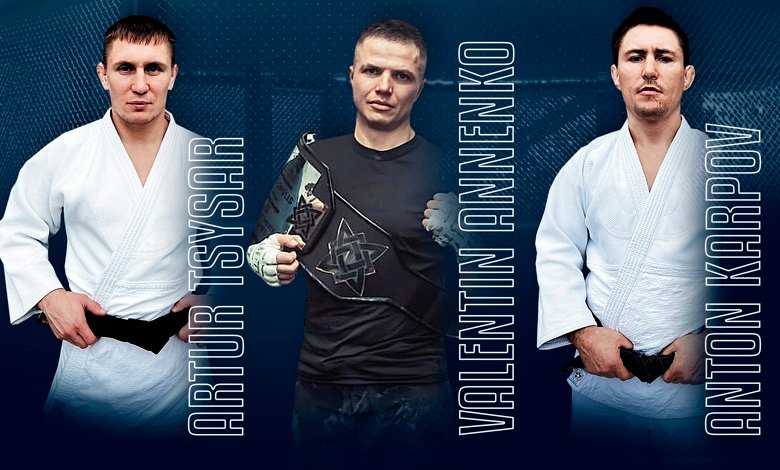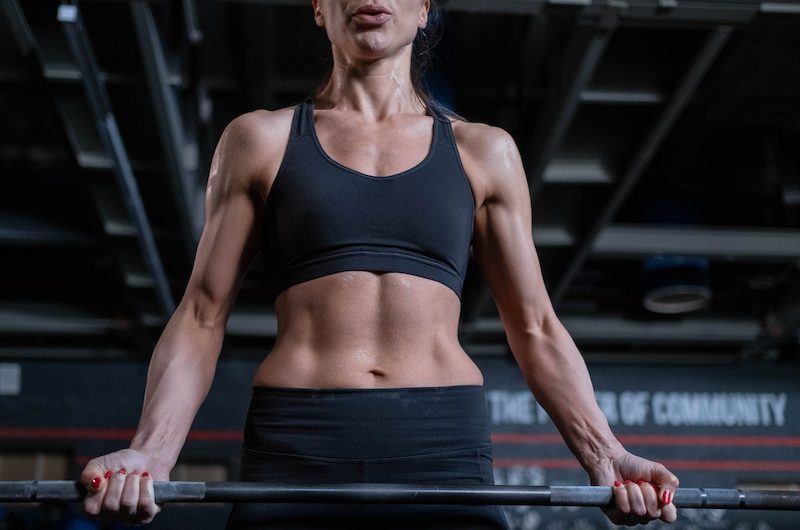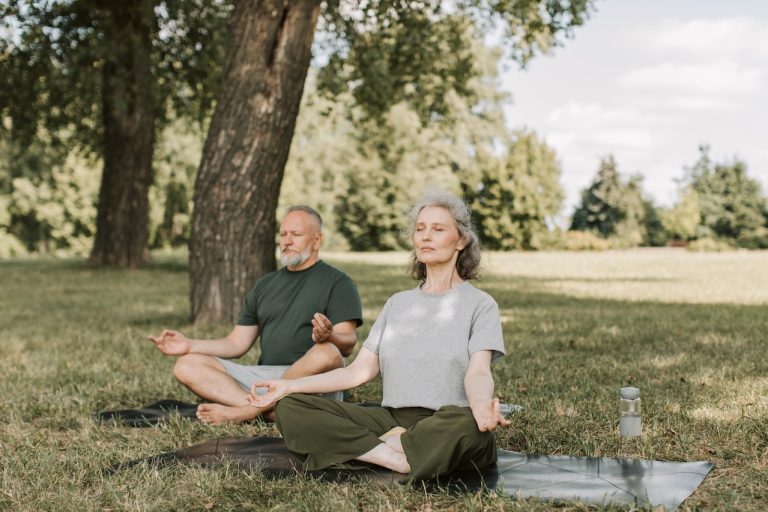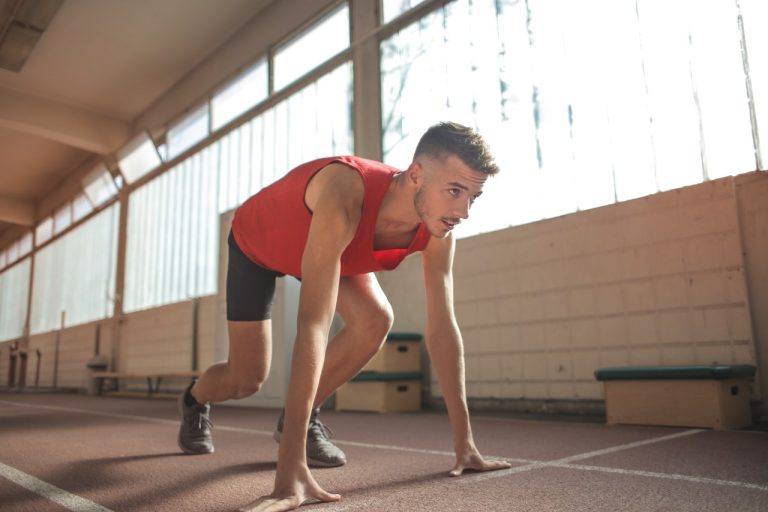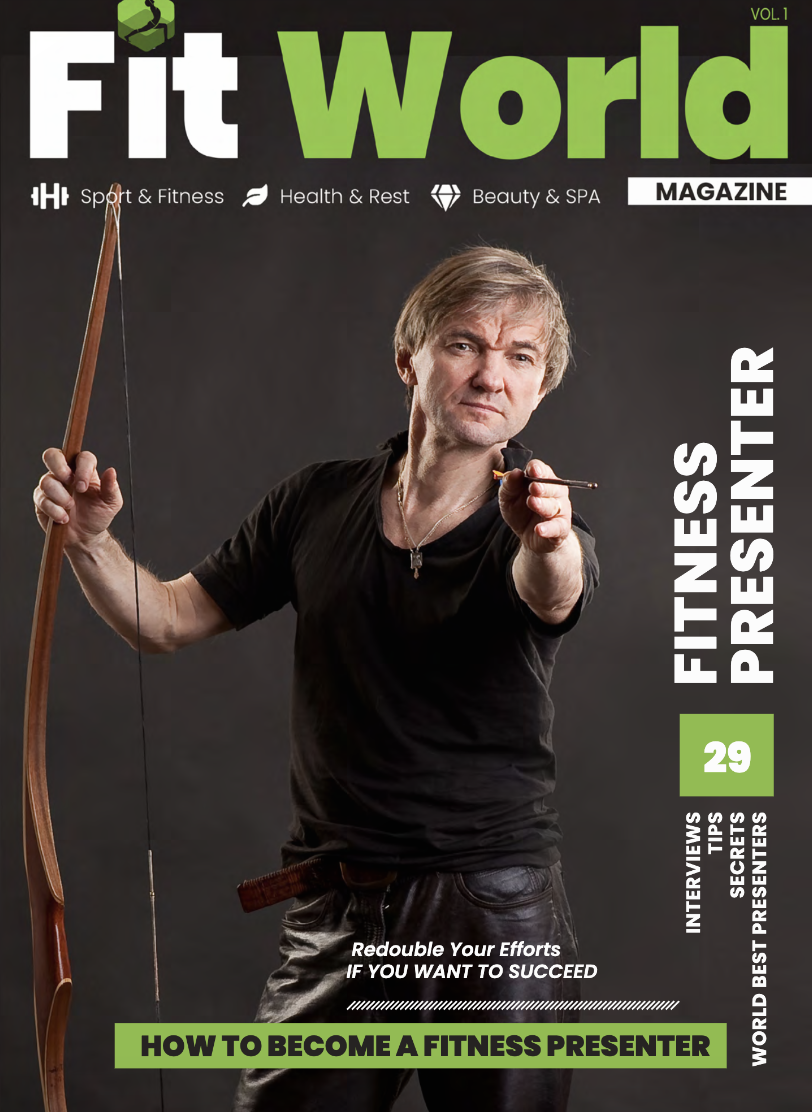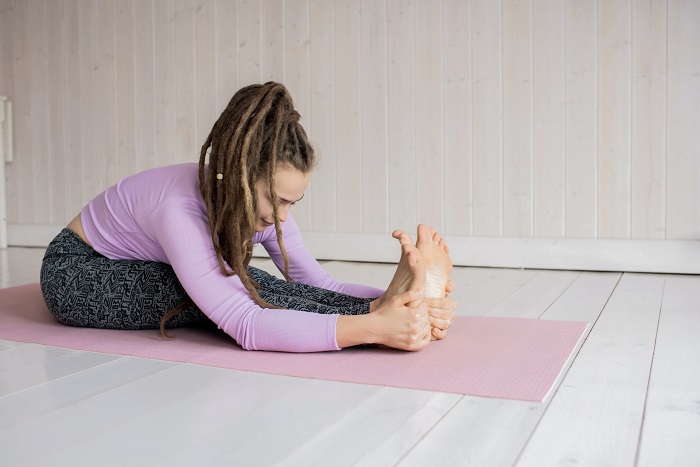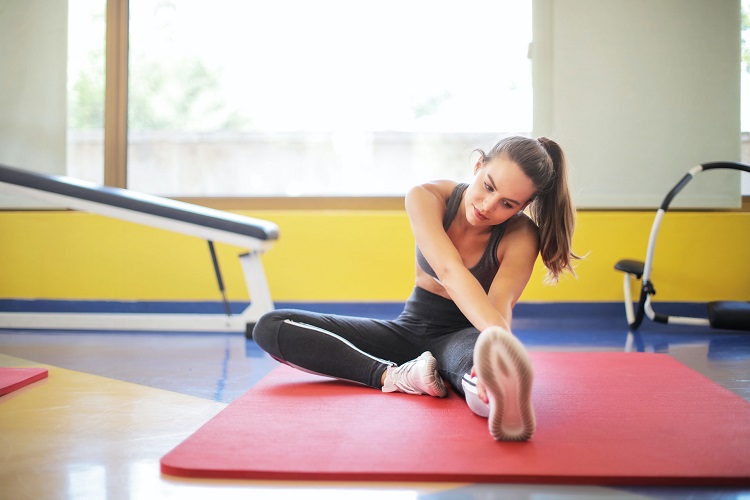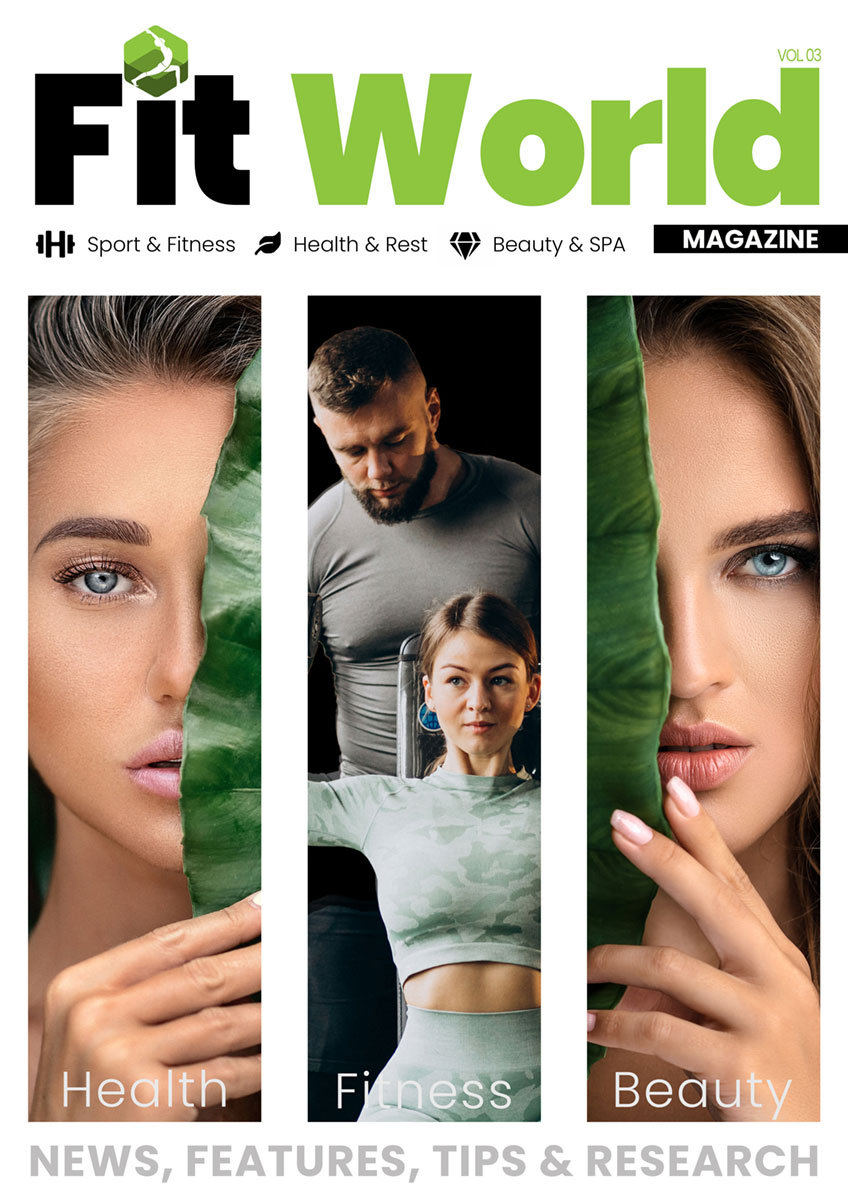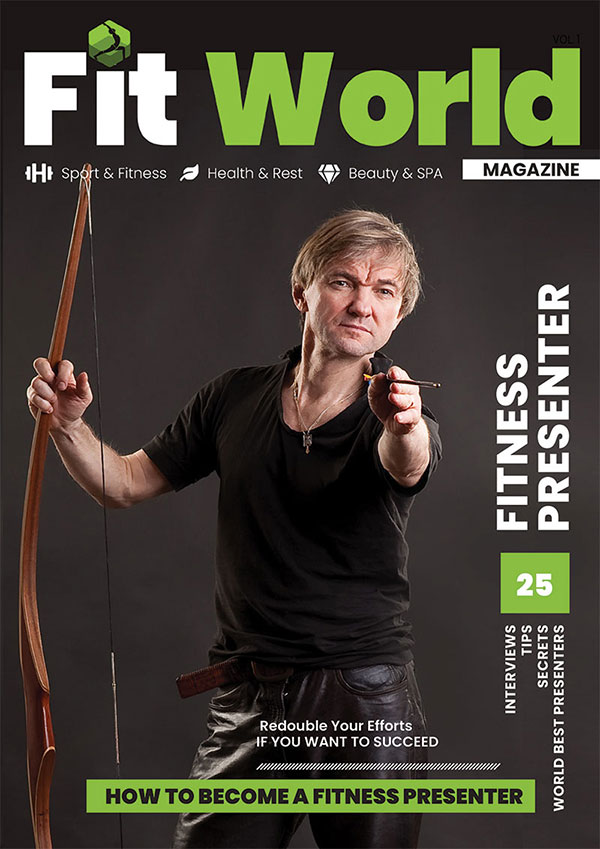What’s more effective for losing weight
Neither Pilates nor stretching will help you lose weight quickly, because the exercises are performed at a slow pace and without weights – there are no cardio and power loads that would contribute to intensive weight loss.
Exercise in these types of fitness cannot be called energy-consuming. An hour of training burns:
– Pilates – a maximum of 200 kcal;
– Stretching – no more than 150 kcal.
Weight will gradually decrease (especially if you watch your diet and limit the daily caloric intake), but this is more of a “side effect” of exercise. Stretching the muscles improves blood and lymph circulation in tissues, improves circulation and extraction of excess fluid, due to which the volume of the body in problem areas are reduced. In addition, exercise normalizes digestion and speeds up metabolism, which also helps to get rid of excess weight.
If you want to lose weight, it is better to choose stretching, but the training must include cardio or strength exercises. Good stretching allows you to increase the amplitude of your exercises and burn more calories.
What’s healthier for your back
There is no healthier form of fitness for the back than Pilates, a wellness system designed to treat conditions related to functional disorders of the spine.
Pilates exercises:
– Strengthen the muscles of the back;
– Return the vertebrae to a physiologically correct position;
– Improve blood circulation and metabolism in the intervertebral discs;
– correct posture.
Stretching, by developing flexibility in the spine, is also good for the back. Stretching allows you to maintain a balance between tension and relaxation of the muscles supporting the spinal column, make them more elastic, vertebrae – more mobile, reduce the likelihood of lumbar injuries during physical activity.
Even Pilates and stretching classes should be approached with caution if you have back problems. Desirable control of the attending doctor and sports instructor. Improper technique of exercises can aggravate the situation.
Contraindications to exercise
Stretching and Pilates are the most “innocuous” types of fitness, which can be practiced from the age of three until extreme old age. Even pregnant women and injured athletes are allowed to work out.
However, there are a number of diseases in which exercise can cause more harm than good. These include:
– exacerbations of any chronic diseases, especially diseases of the musculoskeletal system: arthritis, intervertebral hernia, protrusion, radiculitis;
– period of acute infectious diseases with fever;
– Severe diseases of the cardiovascular system;
– various injuries of the body (fractures, dislocations);
– Postoperative state (you can practice after 6-12 months, depending on the complexity of the operation and the state of health).
Diseases such as bronchial asthma, varicose veins or a tendency to thrombosis are not a contraindication to engage in Pilates or stretching, but require mandatory medical advice. It may be necessary to exclude some exercises from the standard complex, to make an individual training plan.
What to choose?
As both directions of fitness are similar in the organization of training and health-improving effect and have the same contraindications, the choice of direction largely depends on the goals pursued and personal preferences. Choosing between Pilates and stretching, you should first of all ask yourself questions.
- Do I have a problem with my spine?
- Am I willing to do the exercises in a strict sequence and constantly control my breathing?
- do I want to have a flexible body, healthy joints and stretch like a ballerina?
- Am I willing to work out 5-6 times a week?
If you answer positively to the first 2 questions, you should choose Pilates. In the case of an affirmative answer to the last two questions, you can do stretching.
To clearly compare the similarities and differences in the goals, principles, and results of Pilates and stretching exercises, let’s make a table.
Pilates Criterion Stretching
Main exercise aim To improve posture and spine condition, to find mental harmony To increase body flexibility, stretch and lengthen muscles, increase joint mobility
The character of the load Dynamic Static
Needed equipment Gymnastic mat, sometimes used ring-trainer, fitball Rug or yoga mat, you can use a fitness rubbers
Frequency of training 3-4 times a week 5-7 times
Breathing recommendations Strict control of breathing: deep breath in through the nose, out through the mouth.
Effectiveness for weight loss The weight will be reduced only if it is eaten correctly and combined with an active lifestyle Lose weight only in combination with cardio exercises
Energy expenditure per 1 hour of training, kcal 150-200 120-150
You can easily learn the complex of exercises in books or video lessons and do it yourself at home, but for various diseases of the musculoskeletal system is recommended to train under the control of a trainer in a fitness club
Time of day for exercise Evening
The effect of exercise Improved posture and spine, improve health, increase coordination, grace and self-confidence Improvement of joints and spine, ballet muscles, slowing the age-related degenerative changes in the body
Who is suited to people with spinal conditions, the physically underdeveloped, athletes recovering from injuries, fans of leisurely measured training People who want to improve flexibility and mobility of joints, to sit on the splits, to have a figure like ballerinas or gymnasts, to get rid of cellulite
It might be worth trying Pilates and stretching to decide which direction is better. Stretching can be (and should be) included after cardio and strength training, as well as after Pilates classes. It is good if the instructor, at least at the initial stage of training, will tell about all the nuances of this or that direction, will show the correct technique of exercises. This can also largely determine the choice of fitness type.



